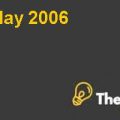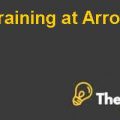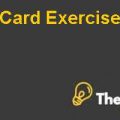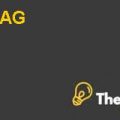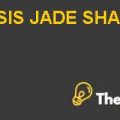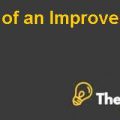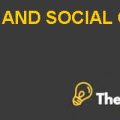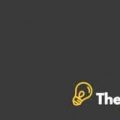INTRODUCTION
KMI-Kinder Morgan Inc. was established in 1997 by two university students and friends, Kinder and Morgan. It was started when both the partners acquiredlimited partnership which was put on the market by Enron Corp. This was Enron’s liquid pipeline company which was bought by Kinder and Morgan for $40million after buying the company, they changed its name to Kinder Morgan Energy Partners (KMP). Since then, they built an energy empire and were on a buying spree of hardware assets which included mostly pipelines under KMI and KMP.
The company was a market leader as an energy distributor and transporter across North America. The companyformed a special committee whichwas given the task to accept or decline the offer of $22billion to privatize the company. The committee comprised of CEO, Richard Kinder, and President C. Park Shaper with some other senior members.
After several meetings and negotiations, the per share bid finally reached at $107.5 per share. Out of $22billion offer the major chunk was debt which was $14.1 billion, the equity part was shared by the board of directors, other management ($3 billion) and financial sponsors ($5.1 billion). Therefore, after analyzing all the options, committee will have to make a firm decision.
Kinder Morgan, Inc. – Management Buyout Harvard Case Solution & Analysis
VALUE DRIVERS
The KMI’shead of operationdiscussed the management buyout option internally with the senior managers. The president, Mr. Parker conducted a meeting with Goldman Sachs investment bankers in which he discussed about some other alternatives availablein which privatizing the company and its transition was also listed as a preferred option.
After a lot of discussions with the investment bankers, the top managers came to the conclusion to pursue managementled leverage buyout. KMI didn’t have unstable financial status that was able to stop the Company to have a good leverage buyout. For a company to be a good LBO candidate, its share price should be at lower multiple of free cash flow with respect to its peer companies. Fortunately, KMI share price went from $93 to $89 and the financial analyst were expecting the stock price to go up to $100-$120. The share price was clearly undervalued. In the exhibit 1, the lowest KMI forecasted share price $100.29 and the highest $117.1.
The free cash flows are growing in the upcoming years. This is a really good sign for a company which shows a strongly stable financial condition,with this the expected capital expenditure is low which means the profits will have a scope of increase. The other advantage that we can think of, is that when the debt is matured, the company can opt out by a possible IPO. In addition to this, if we look at the capital structure in exhibit1 of the firm, we will get to know that 48.75% of the capital is financed by debt which means that it is not a heavy debt financed company. The major of the capital is equity finance which means that it has a conservative approach and hence we will say that it is also a low risk company......................
This is just a sample partical work. Please place the order on the website to get your own originally done case solution.

